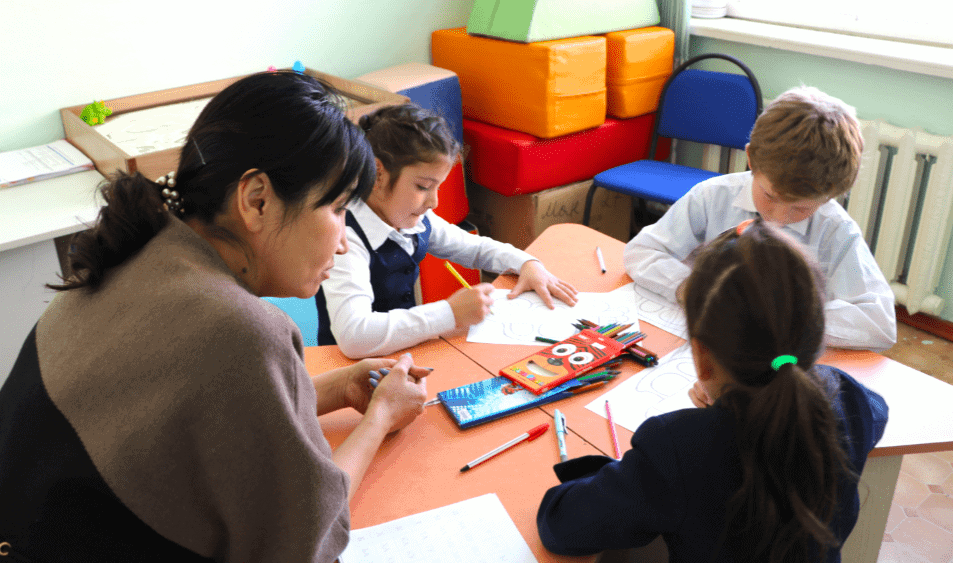Let’s Normalize Learning Support and Resource Room for Students

|
Getting your Trinity Audio player ready...
|
Can we normalize resource room and learning support?
What is the difference between these programs and tutoring, from a theoretical perspective?
They both reinforce concepts, using a variety of approaches, in a small setting, to support students’ learning.

We have children scared and embarrassed to leave the classroom to get extra help in reading, writing, math, or speech because they are worried about being laughed at, called stupid, losing friends, etc.
Every single child has something “different” going on. Every. Single. Child.

Some children need help with learning, and others need help with behavior. Some have a serious medical or health issue. Another just lost a parent or sibling. Some can’t find one friend. Some have parents who struggle to buy them food or clothing. And some children have more than one of these things going on at once.
We all have different needs.
Any friend who would judge you for accepting extra help and working to better yourself isn’t a friend anyway.
The ones who point fingers are the ones to steer clear of.
You don’t deserve to hear anything negative from anyone about how you receive YOUR education. It’s not their business.
Be proud of all you accomplish, and be thankful for the support you receive if it helps you!

If someone doesn’t like it, too bad for them. Not your problem.
Education and Behavior – Keeping Adults on the Same Page for Kids






